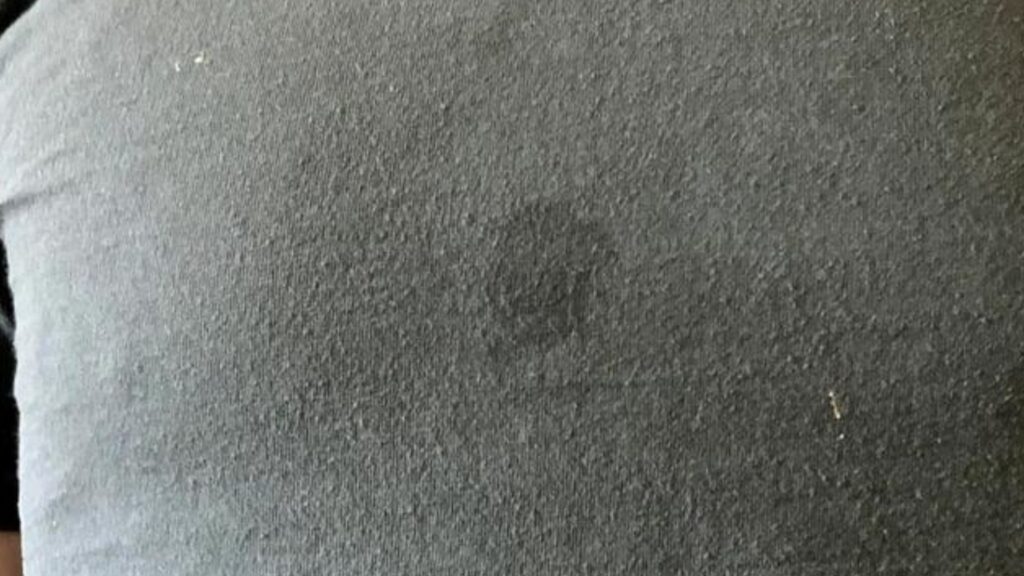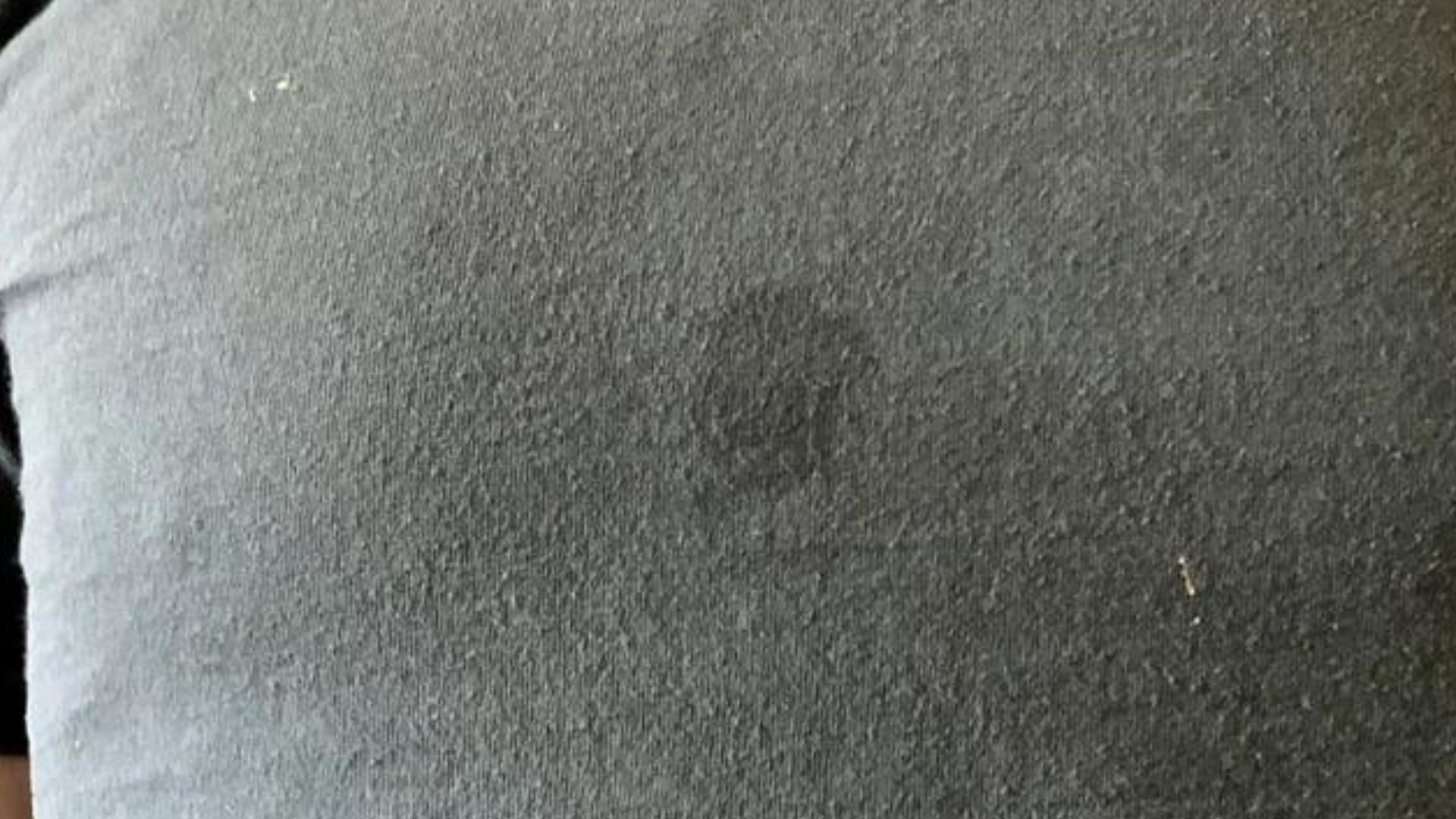
Conquering the Culinary Calamity: How to Get Rid of Stubborn Olive Oil Stains
Olive oil, a staple in kitchens worldwide, is a culinary delight. Its rich flavor and versatility have made it a cornerstone of countless dishes. However, this beloved ingredient can quickly turn into a household nemesis when it comes to stains. Those seemingly innocent splatters and spills can leave behind unsightly marks that seem determined to outlast the lifespan of your favorite fabrics and surfaces. But fear not! This comprehensive guide will equip you with the knowledge and techniques necessary to effectively get rid of stubborn olive oil stains, restoring your home to its pristine condition.
The challenge with olive oil stains lies in their composition. Olive oil is, after all, an oil. This means it’s hydrophobic – it repels water. Traditional cleaning methods that rely solely on water and detergents often fail to penetrate and lift the oil molecules. Furthermore, the longer an olive oil stain sits, the more it penetrates the fibers of the affected material, making removal increasingly difficult. This article provides a fact-checked approach to tackling these culinary calamities, offering practical solutions that are both effective and safe for your belongings.
Understanding the Enemy: Why Olive Oil Stains are So Persistent
Before diving into solutions, it’s crucial to understand why olive oil stains are so challenging. The chemical structure of olive oil, composed primarily of triglycerides, allows it to deeply penetrate porous materials. When olive oil comes into contact with fabric, wood, or other surfaces, it doesn’t simply sit on top; it seeps in, forming a bond that’s difficult to break. This is exacerbated by the oil’s viscosity, which allows it to spread easily, widening the affected area.
Another contributing factor is the presence of pigments and impurities within the olive oil itself. These elements can leave behind discolored patches even after the oil has been removed. The age of the stain also plays a significant role. Fresh stains are generally easier to remove than set-in ones. Over time, the oil oxidizes, causing it to become more firmly embedded and harder to dislodge. Therefore, prompt action is key to successfully get rid of stubborn olive oil stains.
Immediate Action: The First Steps to Stain Removal
The moment you notice an olive oil stain, act swiftly. The longer you wait, the more the oil will set. Here’s a step-by-step guide for immediate action:
- Blot, Don’t Rub: Use a clean, absorbent cloth or paper towel to gently blot the stain. Avoid rubbing, as this can spread the oil and drive it deeper into the material.
- Remove Excess Oil: Continue blotting until you’ve absorbed as much oil as possible. The goal is to remove the surface oil before it has a chance to penetrate.
- Apply a Stain Remover (Optional): If the stain is fresh and on a washable fabric, you can pre-treat it with a stain remover specifically designed for oil-based stains. Follow the product’s instructions carefully.
Conquering Stains on Fabric: Your Laundry Arsenal
Fabric is a common victim of olive oil spills. Here’s how to tackle these stains with effective laundry techniques:
For Washable Fabrics:
- Pre-Treatment: Before washing, pre-treat the stain with a stain remover or a solution of dish soap and water. Gently rub the solution into the stain.
- Washing: Wash the fabric in the hottest water that is safe for the material. Use a high-quality laundry detergent.
- Inspection: After washing, inspect the fabric before putting it in the dryer. If the stain remains, repeat the pre-treatment and washing process. The heat of the dryer can set the stain, making it even harder to remove.
For Delicate Fabrics (Silk, Wool, etc.):
- Gentle Approach: Delicate fabrics require a more delicate approach. Avoid harsh chemicals or vigorous scrubbing.
- Dry Cleaning: The best option for delicate fabrics is often professional dry cleaning. Take the item to a reputable dry cleaner and point out the stain.
- DIY Spot Cleaning (Optional): If you prefer a DIY approach, try blotting the stain with a solution of mild dish soap and lukewarm water. Test the solution on an inconspicuous area first to ensure it doesn’t damage the fabric.
Tackling Stains on Hard Surfaces: Floors, Countertops, and More
Olive oil stains on hard surfaces like floors, countertops, and furniture can be just as frustrating as those on fabric. Here’s how to effectively remove them:
Floors (Wood, Tile, Laminate):
- Blot Up Excess: Immediately blot up any excess oil with a paper towel or clean cloth.
- Dish Soap Solution: Mix a few drops of dish soap with warm water. Dip a cloth or sponge into the solution and gently wipe the stained area.
- Rinse and Dry: Rinse the area with clean water and dry thoroughly.
For stubborn stains on wood floors, you might need to use a wood floor cleaner specifically designed for removing oil. Always test the cleaner in an inconspicuous area first.
Countertops (Granite, Marble, Quartz):
- Blot Up Excess: Similar to floors, start by blotting up any excess oil.
- Baking Soda Paste: Make a paste of baking soda and water. Apply the paste to the stain and let it sit for several hours, or even overnight. Baking soda is an excellent absorbent.
- Wipe and Rinse: Wipe away the paste and rinse the area with clean water.
For particularly stubborn stains, you may need to repeat the baking soda treatment or consult a professional cleaner.
Specialized Solutions for Stubborn Olive Oil Stains
Sometimes, the standard methods aren’t enough to get rid of stubborn olive oil stains. Here are some specialized solutions you can try:
Dish Soap and Baking Soda Paste
This combination is a powerhouse for tackling tough stains. The dish soap helps to break down the oil, while the baking soda absorbs it. Apply a thick paste of dish soap and baking soda to the stain, let it sit for several hours, and then wipe it away. This method is particularly effective on fabric and hard surfaces.
Commercial Stain Removers
A wide variety of commercial stain removers are available, specifically designed for oil-based stains. Follow the manufacturer’s instructions carefully. Always test the product on an inconspicuous area first to ensure it doesn’t damage the material.
Solvents (Use with Caution)
In extreme cases, you might consider using solvents like rubbing alcohol or mineral spirits. However, these chemicals can damage certain surfaces and fabrics. Use them with extreme caution and always test them in an inconspicuous area first. Ensure adequate ventilation when using solvents.
Preventative Measures: Minimizing the Risk of Olive Oil Stains
While knowing how to get rid of stubborn olive oil stains is essential, prevention is always the best strategy. Here are some tips to minimize the risk of spills and stains:
- Use a Splash Guard: When cooking with olive oil, use a splash guard to prevent splatters from reaching your surfaces and clothing.
- Be Careful with Storage: Store olive oil bottles carefully to prevent accidental spills. Consider using a drip-free spout.
- Have Cleaning Supplies Ready: Keep absorbent cloths and stain removers readily available in your kitchen and dining areas.
- Protect Surfaces: Use placemats, coasters, and tablecloths to protect surfaces from oil spills.
Fact-Checking and Safety Considerations
Before you implement any of these cleaning methods, it’s vital to consider a few important safety and fact-checking points:
- Fabric Sensitivity: Always test any cleaning solution on an inconspicuous area of the fabric or surface first to ensure it doesn’t cause discoloration or damage.
- Ventilation: When using solvents or strong cleaning products, ensure adequate ventilation to prevent inhalation of fumes.
- Material Compatibility: Some cleaning products may not be suitable for certain materials. Always read the product label and follow the manufacturer’s instructions.
- Professional Help: For valuable or delicate items, consider consulting a professional cleaning service, especially if the stain is particularly stubborn.
Conclusion: Winning the Battle Against Olive Oil Stains
Olive oil stains can be a nuisance, but they don’t have to be a permanent fixture in your home. By understanding the nature of these stains and employing the right techniques, you can effectively get rid of stubborn olive oil stains and restore your belongings to their former glory. Remember to act quickly, choose the appropriate cleaning method for the material, and always prioritize safety. With persistence and the right approach, you can conquer the culinary calamity of olive oil stains and maintain a clean and beautiful home. [See also: How to Clean a Kitchen] [See also: Best Stain Removers] [See also: Tips for a Spotless Home]
From understanding the chemical composition of olive oil to the effectiveness of dish soap and baking soda, this guide provides a comprehensive approach. Remember, the key to success lies in a combination of prompt action, appropriate cleaning methods, and a little bit of patience. So, the next time you encounter an olive oil stain, don’t despair. Armed with the knowledge and techniques outlined in this article, you’re well-equipped to win the battle and keep your home looking its best. [See also: Cleaning Hacks for a Busy Lifestyle] [See also: DIY Cleaning Solutions] [See also: The Ultimate Guide to Stain Removal]
The journey to get rid of stubborn olive oil stains doesn’t have to be a difficult one. With the right information and a bit of effort, you can restore your fabrics and surfaces to their original condition. Remember to always prioritize safety and to test any cleaning solution in an inconspicuous area first. By following these steps, you can confidently tackle any olive oil stain that comes your way and maintain a clean and inviting home. [See also: How to Clean Your House Like a Pro] [See also: The Best Cleaning Products of 2023] [See also: Stain Removal for Beginners]


